Some people look at a dilapidated old house and see problems. Annette and Richard Andradez see potential. For years, the couple spent their spare hours cruising the back roads around their home in New York’s Hudson Valley, 75 miles north of Manhattan, to admire the fading farmhouses and beleaguered bungalows languishing along the roadside.
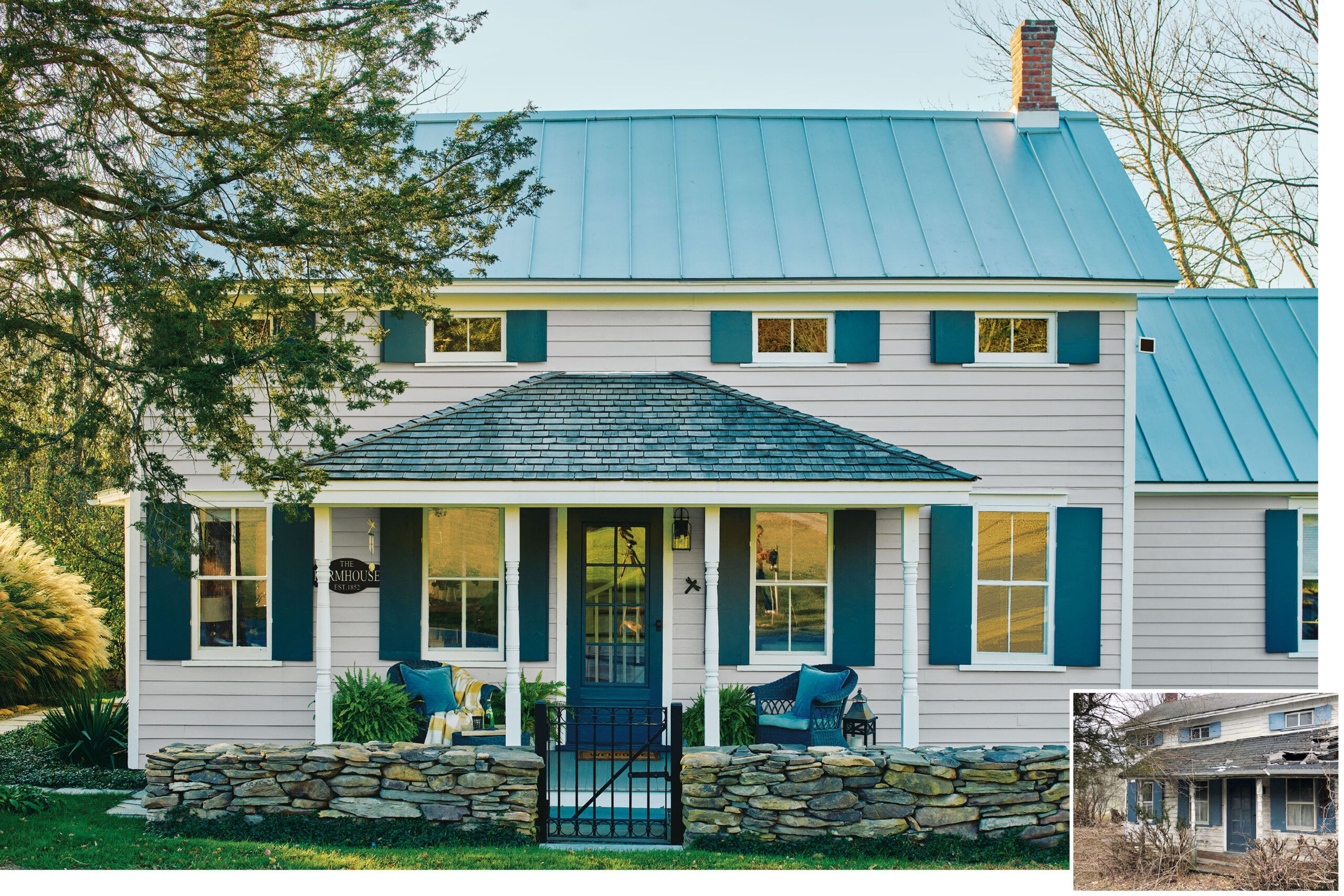
“We see an old house, and we’ll be like, ‘Oh, that could be so nice!’ ” says Richard, a retired carpenter and contractor. As they drove past, he would toss out renovation ideas while Annette countered with her own. But their changes remained purely speculative.
The Restoration Journey Begins
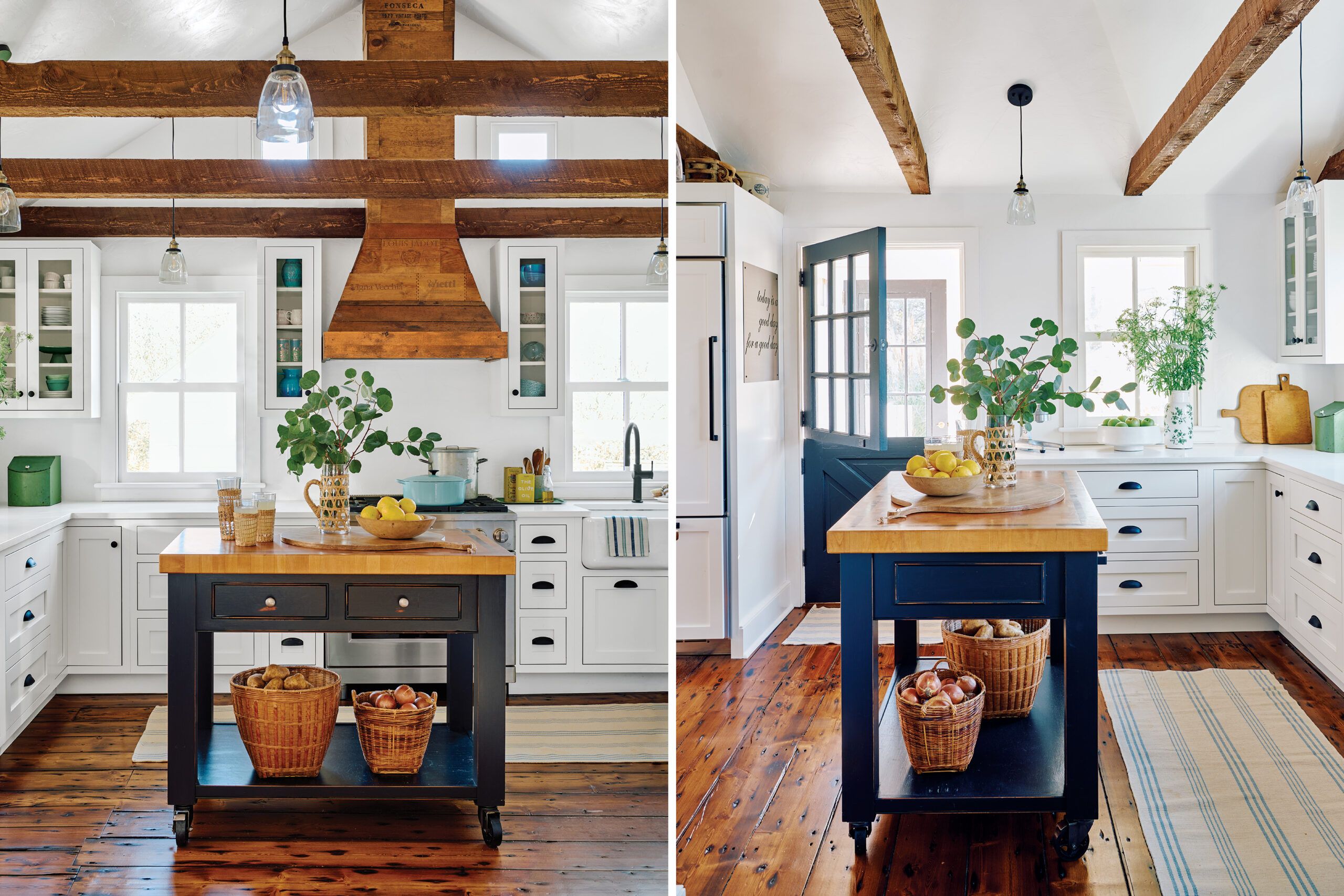
All of that changed about 10 years ago, when the empty nesters decided to act on their fantasy, purchasing a tiny 1838 schoolhouse that had seen better days. Although the pair had built a contemporary home for themselves in 1989, they had never attempted a remodeling project together, and weren’t even sure what they were going to do with the structure once they finished. The results were so successful, their daughter ended up moving in.
Itching for a new challenge, the Andradezes focused their attention on a decrepit farmhouse that Richard had often admired while driving through the town of Gardiner. “When we heard it was on the market, we called the Realtor right away,” he says.
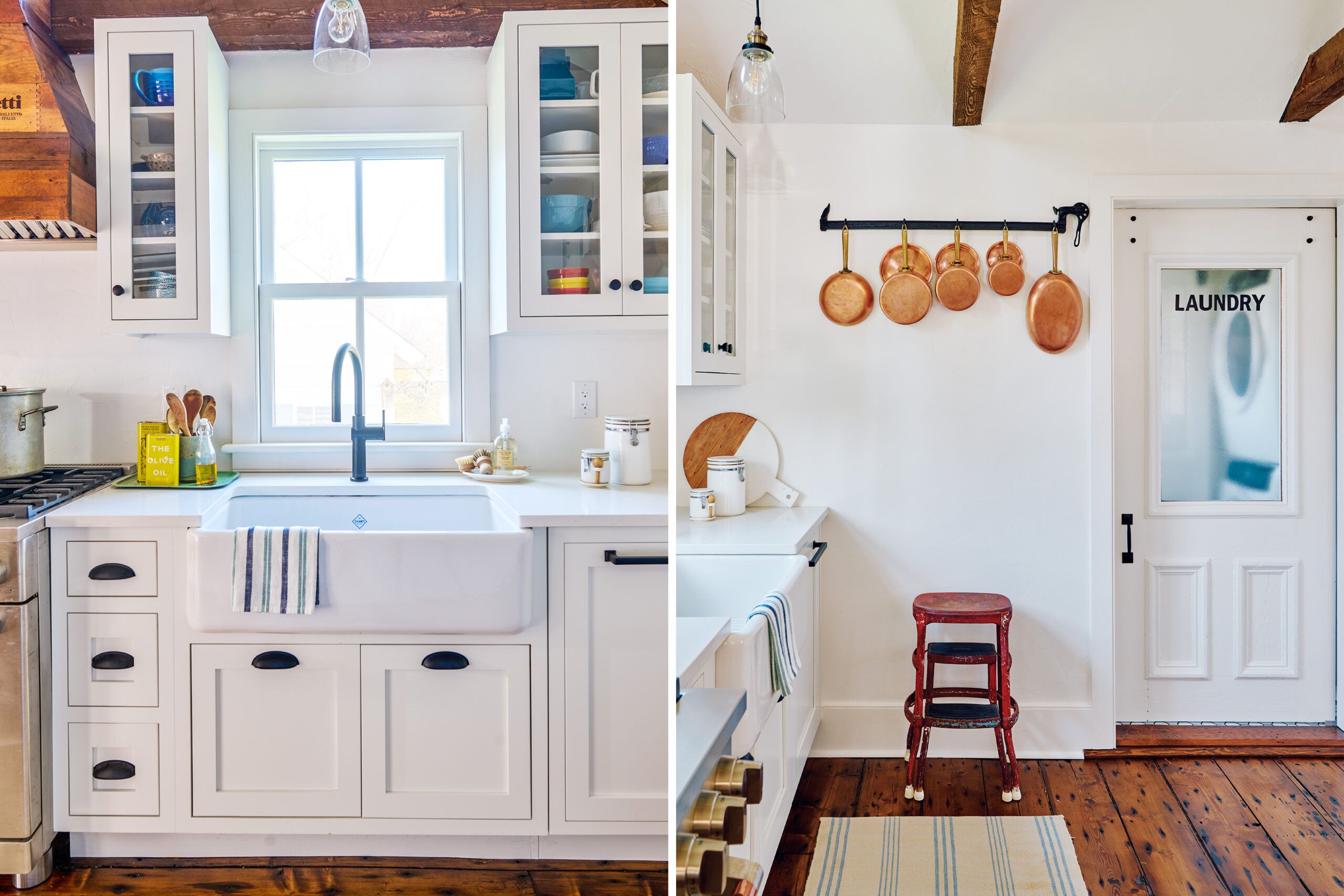
Built in 1852, the two-story house measured 1,460 square feet, including a 1970s bedroom addition, and held three bedrooms and one bath on a 1/2-acre lot choked with trees and shrubs. Sitting vacant after the death of its owner, the house had fallen into major disrepair, its clapboards peeling and the ramshackle front porch engulfed in wisteria; the foundation appeared to be crumbling, and the interior was caked in grime. The bathroom floor was riddled with so many holes, raccoons were crawling in and out.
“It needed a lot of work, but we just enjoy saving something like that,” says Richard, who outbid another buyer who, rumor had it, planned to demolish the place. Although the farmhouse sat less than 15 feet from a somewhat busy road, the couple was drawn by its welcoming front porch, humble shutters, and row of small upstairs windows grazing the eaves, and figured the place would make a good investment property.
Returning the Foundation to Its Former Glory
“As we walked through the rooms, we could see right away what we would do,” says Annette, a retired nurse with a knack for design. She would supervise the layout, choose fixtures and finishes, and do a lot of grunt work alongside her husband, who would rely on his 40 years in construction to handle most of the skilled labor.

Before they could make any changes to the structure, however, the couple had to wrest it from nature’s grip. “It took us two weeks just to clear away the brush,” recalls Richard. The situation looked so dire, he adds, a neighbor offered to fetch them a match instead. After expelling birds from the eaves, they went to work on the resident raccoons and woodchucks, setting up a live-capture cage trap in the crawl space, which ended up attracting a neighborhood cat, who was quickly reunited with his owner.
On the plus side, the house’s original stone foundation was still in relatively good shape, so Richard set about repointing it. But the addition’s concrete block foundation was partially collapsed, leaving the floor above sloping more than half a foot.
Structural Changes for Form and Function
Since the basement below had a concrete floor, Richard set up a series of jacks, including screw jacks on 4×4 posts, to raise the floor above. Then he hired a crew with an excavator to haul away the old block and dig down to the original concrete footing. Since it was still solid, he had a new concrete foundation poured on top.
To open up the cramped interior, Richard and Annette removed a tiny front vestibule and the walls enclosing the kitchen and the staircase. They eliminated the attic floor over the kitchen and the addition—which would hold the primary bedroom—turning both into sunny, vaulted spaces. “It was important to us to have a light house because it could have been very dark,” says Annette.

The existing staircase ended uncomfortably close to the front door, with steps that were treacherously steep. “There was something like a 9-inch rise on them,” Richard says. He rebuilt the stairs to make the ascent more gradual, introducing a 90-degree turn near the bottom that gained him more clearance at the entry.
“They’re still steeper than I would like,” he acknowledges, “but that’s the best we could come up with for that space.” Shorn of its surrounding walls, the staircase got a simple handrail and 2×2 balusters that allow light and views to travel through.
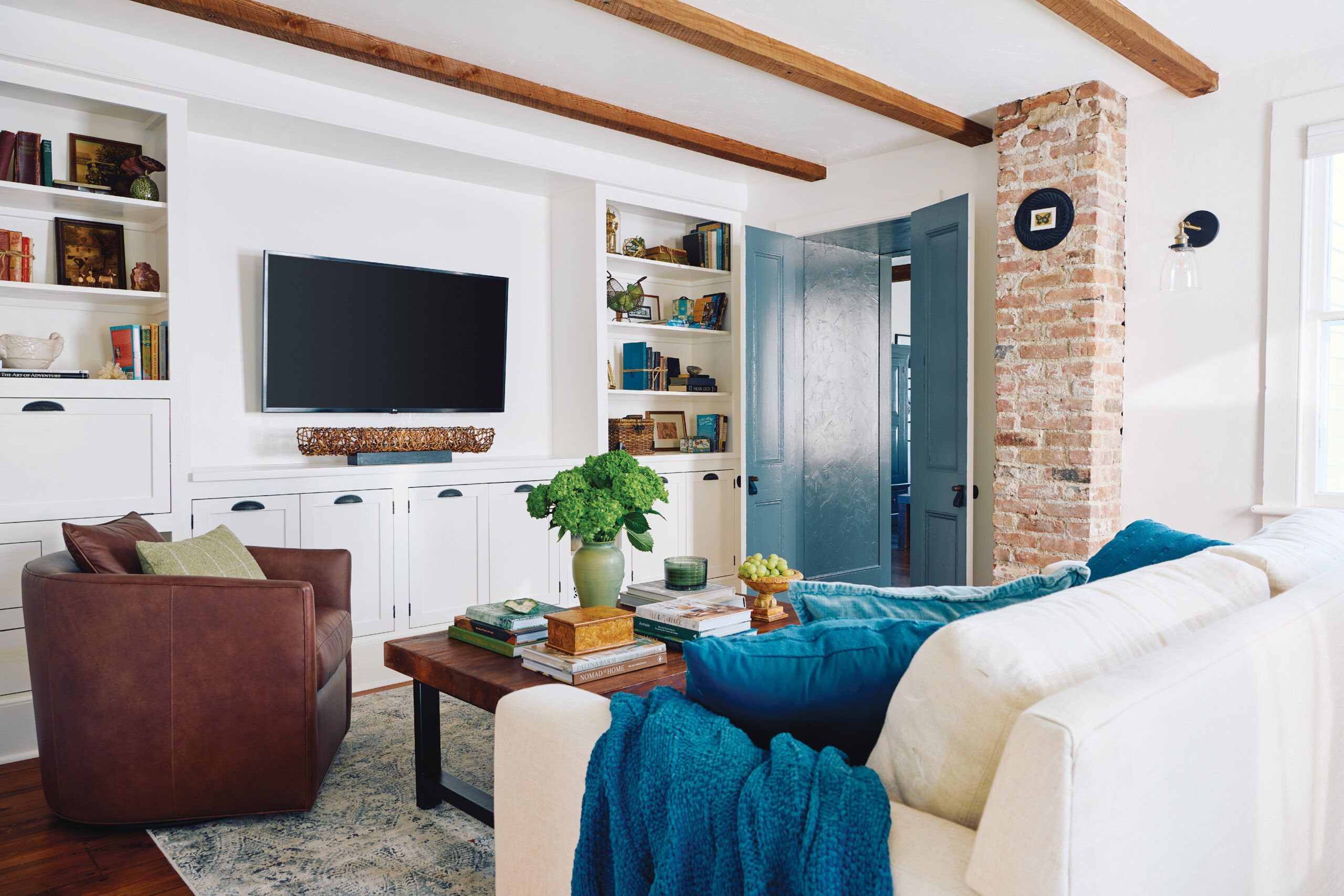
The house didn’t have an indoor bathroom until the 1960s, when one was added off the kitchen (Annette was so repulsed by its decaying walls and grungy fixtures, she initially refused to use it). Located between the kitchen and the new primary bedroom, the bath stopped just short of the latter, leaving a circuitous path to reach the bedroom.
So Richard rebuilt the bath, connecting it to the bedroom with a pass-through shower room, completing the missing link in the home’s circulation. He replaced the aging plumbing with new copper and PVC pipe, and converted a spare room upstairs into a second bathroom with a claw-foot tub.
The plumbing lines for the new bath had to cross the floor joists, so instead of cutting into them, Richard concealed the pipes in a soffit dividing the kitchen and dining area downstairs. Richard also brought in pros to replace the patchwork wiring and swap the electric baseboard heating for a ducted mini-split system, with air handlers tucked into a crawl space, a mechanicals room, and the attic, and ducted registers in the ceilings and floors to deliver conditioned air.
Keeping the Historic Farmhouse Charm Intact
“We wanted to keep that old look in the house,” says Richard, who along with Annette had spent two winters working in the house with just a propane heater for warmth. Exterior wall cavities were filled with “flash-and- batt” insulation, a 2-inch layer of closed-cell spray foam combined with fiberglass batts. The former provides an effective air and water barrier, while the latter is good at deadening sound—important in a house built close to the street (Interior walls got batting, too).
Richard hired a drywalled to close up the walls; then he and Annette applied a skip-trowel texture using joint compound, which is more forgiving than plaster but produces a similar look. “We wanted it to resemble old cracked and repaired plaster,” Richard says.
The resourceful homeowners reused every scrap of wood in the house, ignoring chips and wear that might have accrued over the years. “The old wood is so much better than the wood you can buy nowadays,” Richard says. “It just has so much more character—even when it’s painted. It tells a story about what went on in the house.”








They also salvaged the old hardware and repaired the existing two-over-two windows, taking care to preserve the surviving panes of wavy 19th-century glass. Since the single-pane windows were no match for New York winters, Richard ordered custom wood storms to replace the existing aluminum ones. “I just hated the way they looked.”
What the Andradezes couldn’t use, they repurposed: An old bar clamp became a kitchen pot rack, while a surplus door was sliced in half to form a Dutch door for the kitchen. The kitchen vent hood was covered in wood salvaged from old wine crates. “We collected the boxes and figured we’d use them someday,” says Annette, who even saved the rustic outhouse door and hung it on the bedroom wall as decor.
Since space was tight, the couple rejected a dedicated dining room, tucking a corner banquette under the stairs and pairing it with an expandable table. Like other built-ins in the house, the banquette conceals abundant storage space. Shelves line the basement staircase, turning it into an auxiliary pantry for the kitchen.
Salvaged doors were cut in half vertically and hung like narrow French doors in the bedroom, where they take up less floor and wall space when open. As they stripped away the layers of the house, Richard and Annette uncovered artifacts lurking within its recesses.
Long-forgotten postcards from the 1880s—addressed to the home’s original occupants—were liberated from crevices in the walls, while layers of kitchen linoleum were peeled back to reveal newspapers from 1927.
“They used to put newspaper under the linoleum to cushion it,” says Richard, who displays the collected mementos in the former outhouse in back. They also restored a nearby storage shed, which now anchors one end of a pergola shading a bluestone patio.
Trim and tidy beneath its new Galvalume roof, the renovated house’s aged pine floors and unadorned walls pay homage to its agrarian roots, while offering all the comfort and conveniences a contemporary owner could want.
A Renovation Project Becomes a Home
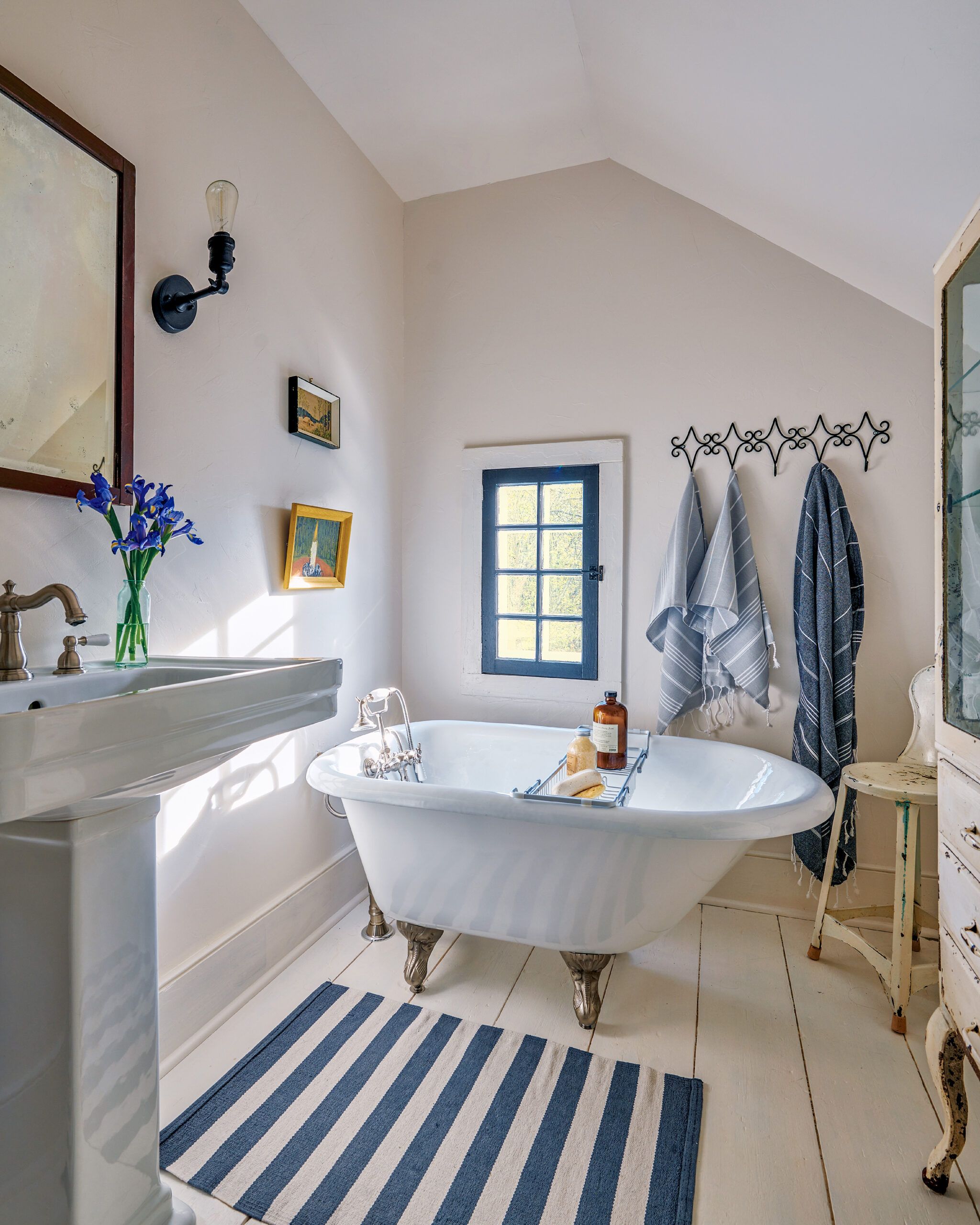
It’s no wonder that halfway through the project, the couple decided to make it their home. “We bought it for something to do,” says Annette. “But as we got going, we thought it would be a nice place to live. So we ended up selling our larger house and moving in here.”
Although the renovation ended up taking more than two years (in part, due to pandemic-related delays), the gratitude of their new neighbors helped sustain the couple. “Over the years, we’ve had so many people stop and thank us for saving the house,” Annette says.
Their hands weren’t idle for long: The couple is already at work on their next project, the top-to-bottom rehab of a 1960 Adirondack cabin that will have a mid-century-modern flair. Once again, they’re not sure what they will do with the cabin once it’s done. “It’s not about an investment—it’s more about working on the houses and restoring them,” Richard says. “We really love the transformation.”
“It’s crazy,” he adds. “I mean, enough already! But we love doing it.”
The Floor Plan
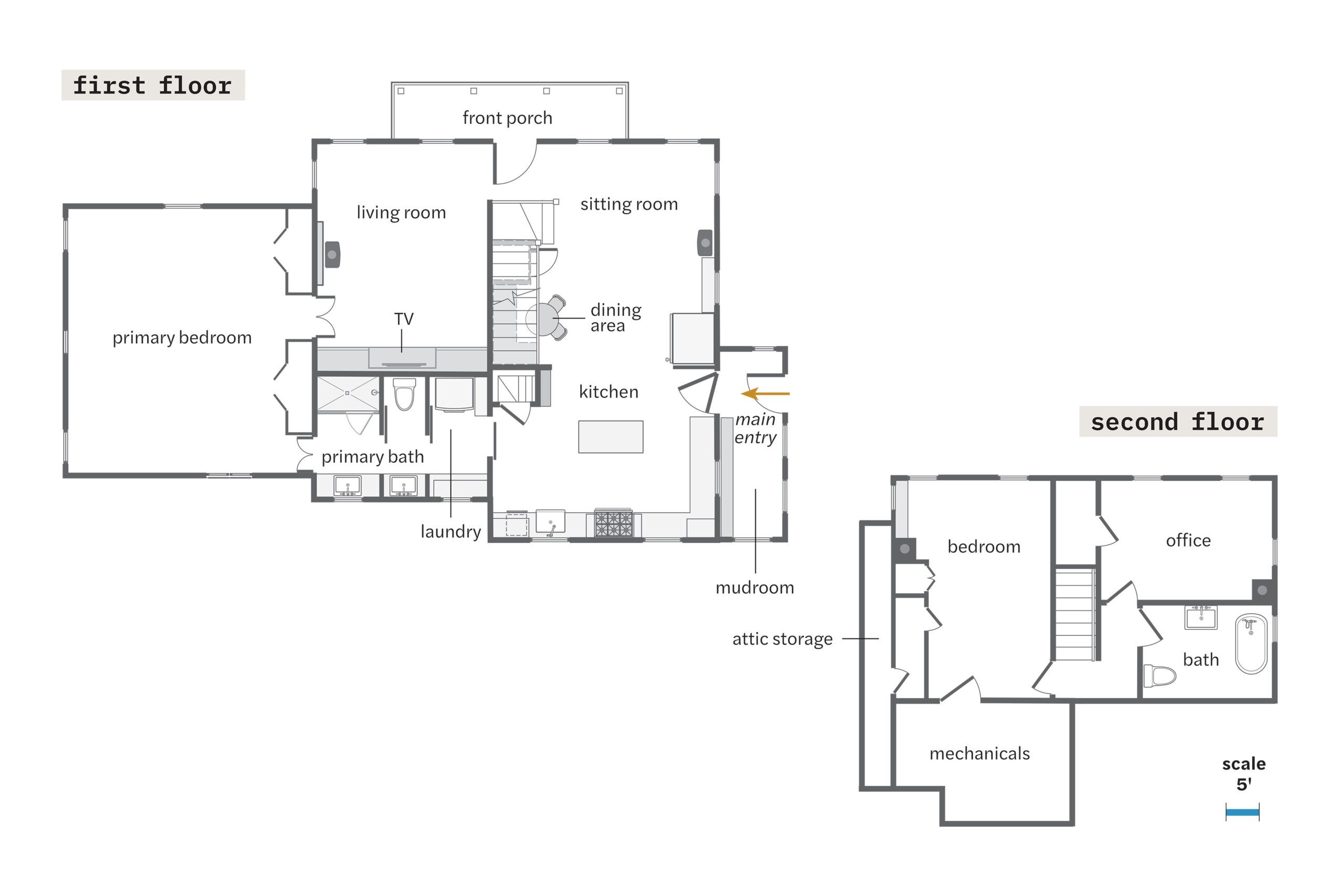
The Andradezes removed the walls hemming in the front entry and the kitchen to open up the spaces, and rebuilt the staircase with a 90-degree turn to make the ascent more gradual. A new shower room fills the gap between the primary bedroom and the original bathroom, allowing the latter to serve as both a powder room and the primary bath, and a corridor to the kitchen. Dead space above became a mechanicals room on the second floor, where a spare room became a second bathroom.
Renovation recap
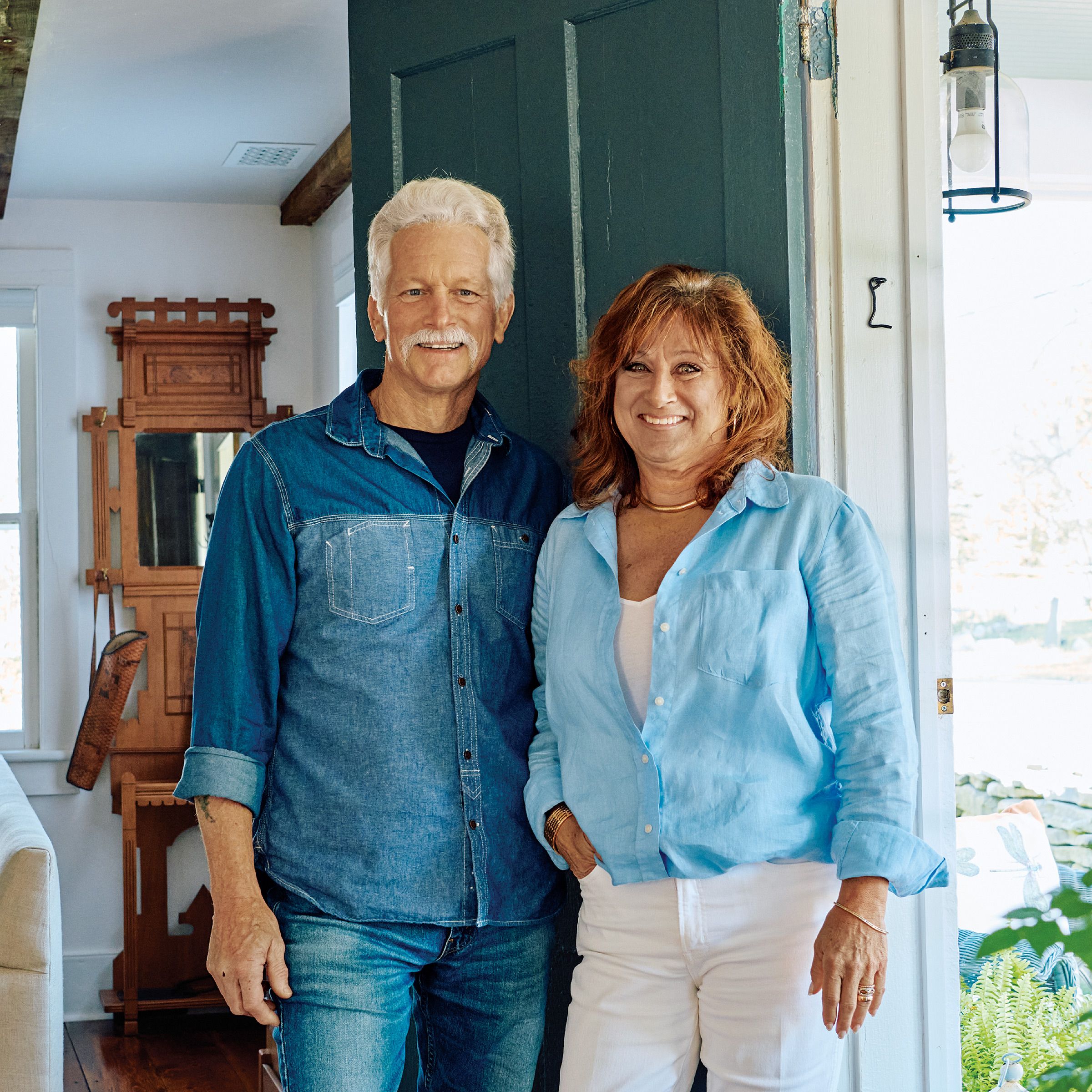
- The homeowners: Richard Andradez, a retired carpenter and contractor, and Annette Andradez, a retired nurse—both passionate about saving old houses.
- The house: A 1,460-square-foot farmhouse built in 1852 in Gardiner, NY, with one bath and three bedrooms, including one in a 1970s addition that had a failing foundation. The house hadn’t been altered much otherwise, but was in bad condition, with a damaged front porch, a wildly overgrown yard, and outdated plumbing and electrical.
- Why they chose it: The owners enjoy construction and were eager to tackle a farmhouse after renovating an 1838 schoolhouse for their daughter. And the price was right.
- What they did: Cleared brush, repointed the original stone foundation, removed some walls and ceilings to open up the interior, rebuilt the staircase and existing bathroom, installed a new kitchen, and added a bath upstairs. They brought in help to pour a new foundation under the 1970s addition; upgrade the electrical, plumbing, and heating systems; refinish the floors; and add a new metal roof.
- Lessons learned: “Old things, worn things, tell the story of a house,” says Richard. “Save and repurpose everything you can: doors, windows, hardware, even wood that’s chipped or painted. You don’t want anything in an old house to be perfect.”

